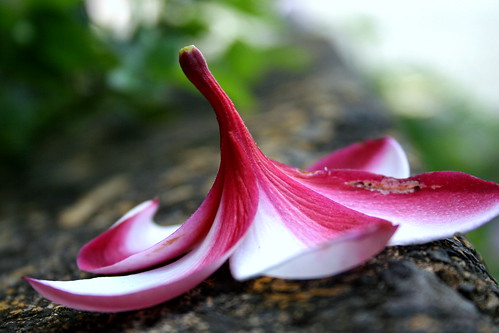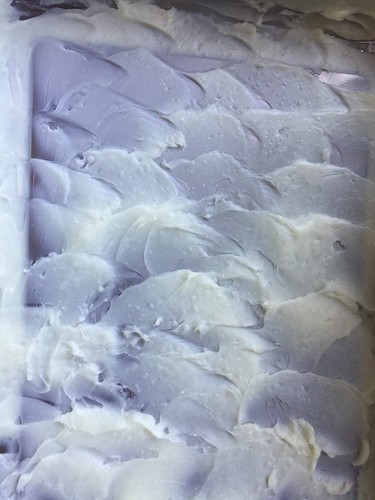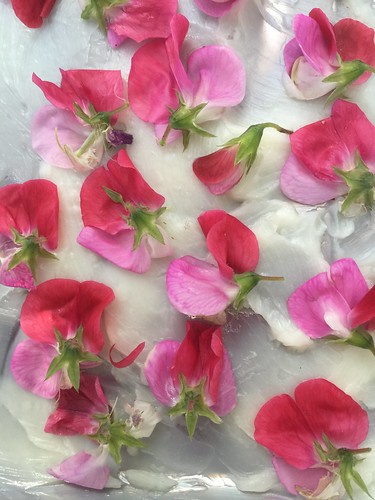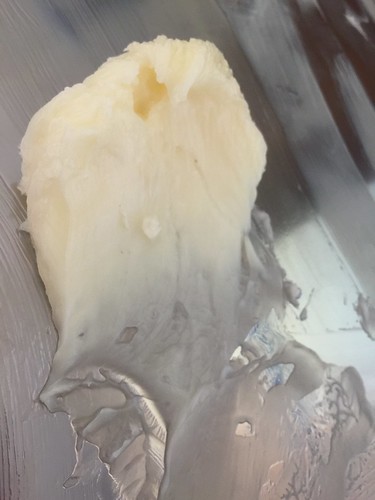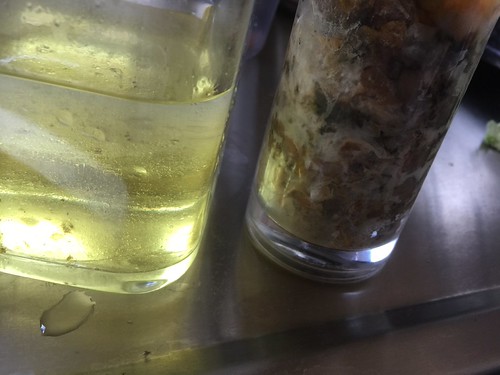Caléche
Caléche, Hermes' first fragrance, somehow eluded me and I never gave it much thought. Perhaps I was not sophisticated enough to appreciate it till now. I am easily blinded by ornate bottle designs of the Art Deco style, and mesmerized by the decadent stories that often accompanied them. Somewhere down the rabbit hole of exploring vintage floral bouquets, I have decided to give this one a try. The following are my impressions based on a vintage EDT I found in a flea market as a part of a fancy wooden coffrett, comprised of fragrances from several different classics, which based on the lineup, I assume is from the late 80s.
Caléche is a refined, sophisticated and quite an old-fashioned perfume, in the sense that it is a Chypre with such strong floral leanings and a relatively heavy sprinkle of aldehydes on top, that it may be easily mistaken for an aldehydic floral fragrances. It reveals many layers of richness, and quality of materials that is rarely seen in the current releases makes a world of a difference - a sensation that lingers and is being felt throughout the perfume's performance.
Caléche has a classic Chypre Floral structure, centred around sensual white florals that are softened and blurred by candied violets, and a generous dose of aged sandalwood which are perhaps the perfumer's Guy Robert's special signature. It gives off a feeling of luscious, smooth and luxurious silk fabric, dyed and printed with rich colours and romantic designs.
The white flowers - gardenia, orange blossom, jasmine, ylang ylang, are all very tasteful and not at all vulgar. The sandalwood softening and enveloping like a silk wrap, and the sweetness from the flowers and violets balanced by additional, dry and sharp woody notes of vetiver and cypress.
I think it is a classic case of Chypre Floral - even with its robust old-growth oakmoss, it still smells very floral. And anyone attempting to compose this genre, would find that when adding up so many white florals, they truly shine and take over the composition. Yet unlike other floral creations, there would be a lot of depth once the flowers fade out. Another recurring theme in many retro aldehydic florals (and Chypre) is a smooth and woody vetiver at the base. Here it especially smooth and soft, with all the sandalwood mentioned before. I am very curious to smell how the perfume extrait would play out with this one.

Top notes: Aldehydes, Neroli, Bergamot, Mandarin
Heart notes: Orris, Ylang Ylang, Gardenia, Jasmine, Rose, Lily of the Valley
Base notes: Oakmoss, Sandalwood, Olibanum, Amber, Musk, Vetiver, Cypress, Tonka Bean, Cedar, Coumarin


